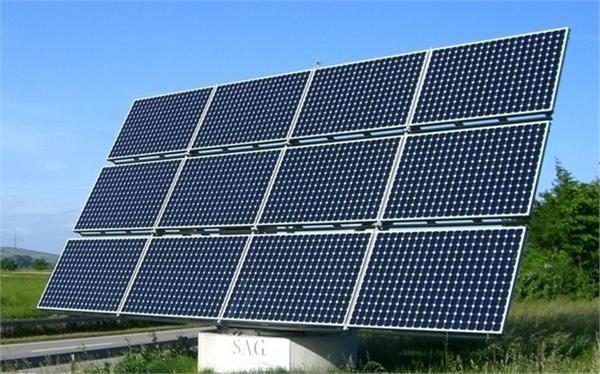The trend of renewable energy
With the gradual depletion of fossil fuels, environmental protection voices are growing, the development of renewable energy is the future trend. It is estimated that by 2030, renewable energy will account for more than 30% of the global energy mix. As an important part of renewable energy, solar cells are expected to usher in rapid development.

The so-called solar cells, is a use of photoelectric effect or photochemical effects of light energy into electrical energy devices, also known as solar chips, photovoltaic cells. The solar power system integrated by the solar cell has obvious advantages, such as easy compatibilization, low maintenance cost, long service life, stable and reliable performance, and land resource saving.
According to the use of different materials and technologies, solar cells are mainly divided into two categories, one is crystalline silicon solar cells, one is thin-film solar cells.
Crystalline silicon solar cells have the advantages of high conversion rate, mature technology, stable performance and low cost. The disadvantage is that silicon consumes too much, but it does not obscure its benefits. The crystalline silicon solar cell occupies the mainstream in the solar cell market.
Thin-film solar cells are characterized by the theory of high efficiency, less material consumption, low energy consumption, is considered the second generation of solar cell technology. Compared with crystalline silicon solar cells, thin film solar cells grow more rapidly, the future prospects of a wide range of applications.
Thin-film solar cell growth was significantly faster than the crystalline silicon solar cell, although a small base, the most important technology continues to improve, accelerate the industrialization process, significantly reduce the cost of large-scale production, the market competitiveness can be improved. With advanced technology, thin-film solar cells in a particular scene has great potential.
According to the forward industry research institute released "China's solar cell industry market forward and investment strategic planning analysis report" data show that China's thin film solar cell production has shown rapid growth year by year, from 263MW in 2009 soared to 458MW in 2015, an increase of Strong.
China's solar cell industry's development history, from 1958 to develop the first crystalline silicon photovoltaic cells began, has been completed from scratch, from small to large process. However, there are many problems in China's solar cell market, hindering the further development of the industry.
For example, upstream raw materials and downstream applications are heavily reliant on overseas and domestic enterprises fail to grasp the relevant core technologies, leading to bargaining and anti-risk capability in the industry. In addition, the disadvantaged position of the polysilicon industry has long plagued the solar cell industry.
In general, with the PV, CSP industry matures, and into the boom, the solar cell is expected to maintain steady growth. However, in the process, domestic enterprises should continue to increase their technological research and development, break the monopoly of foreign countries, strive for more discourse power and enhance their international competitiveness.
To learn more about solar industry news, please click on the website: www.bullsbattery.com













